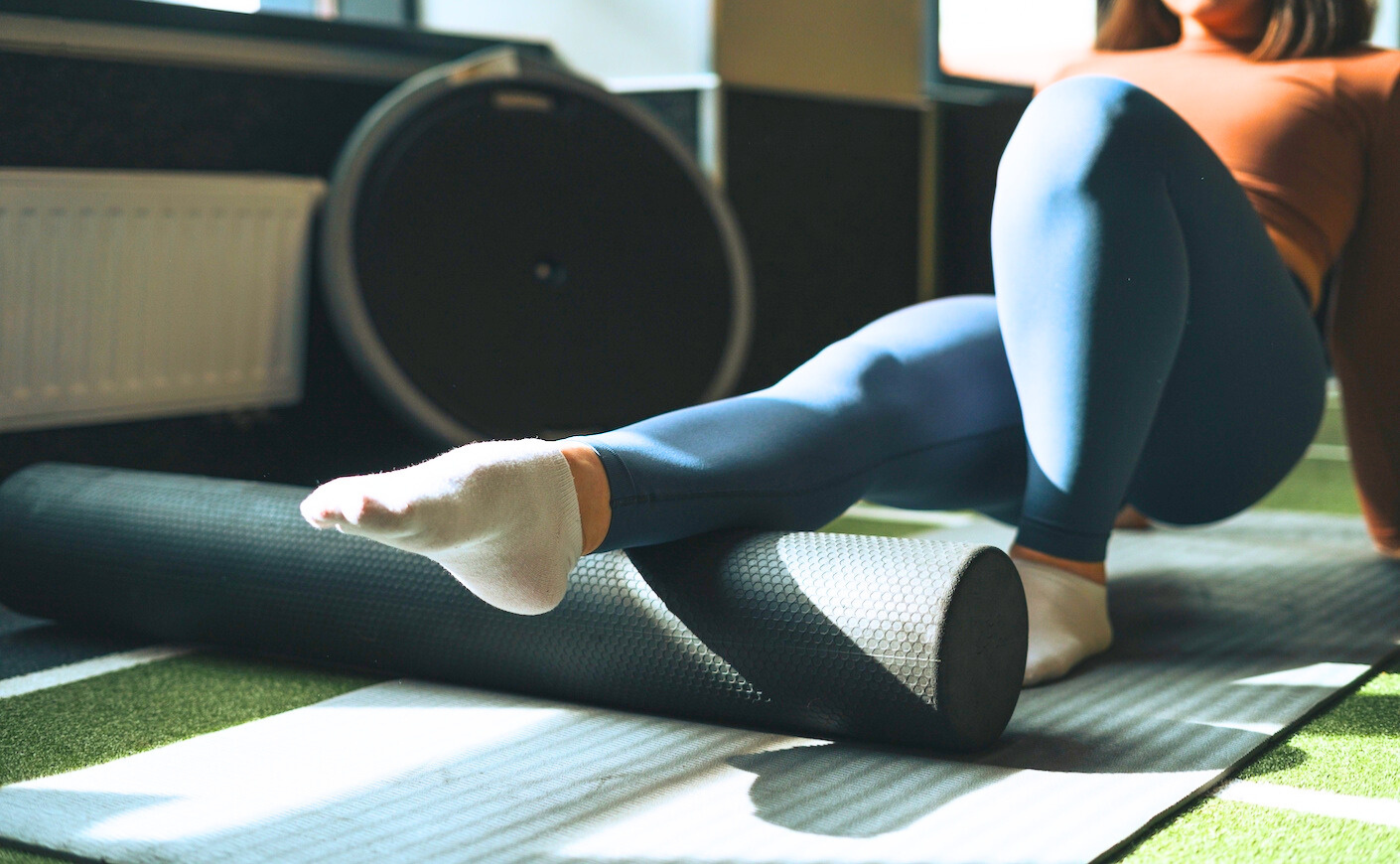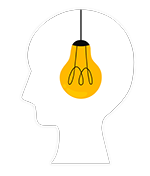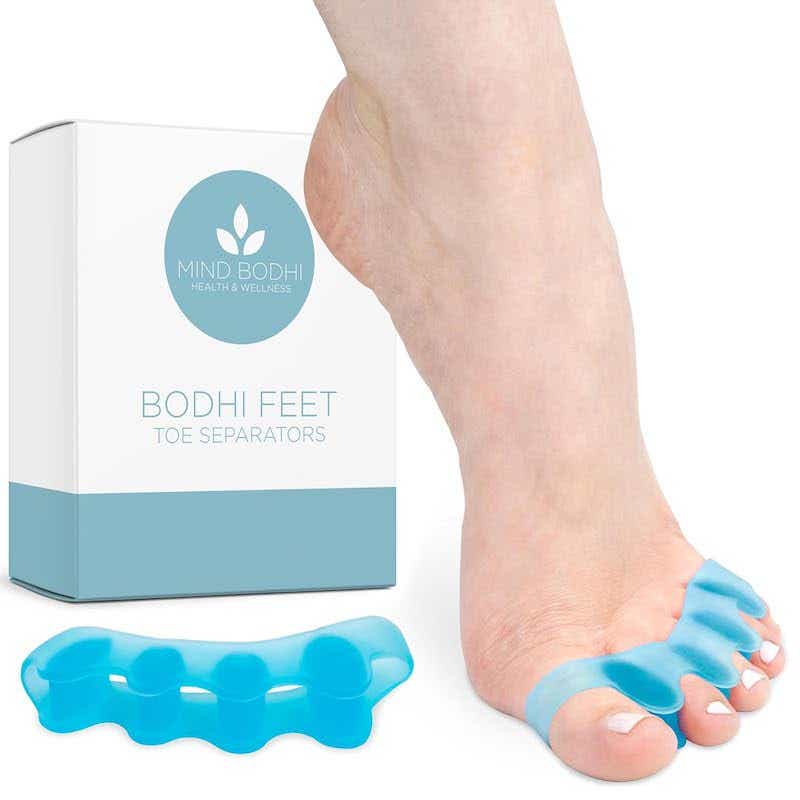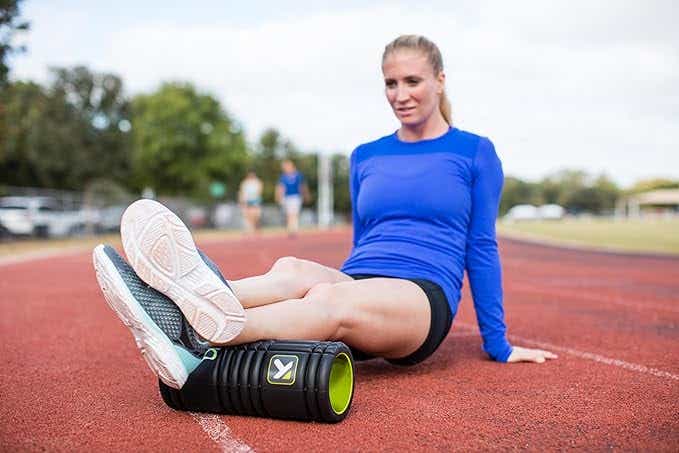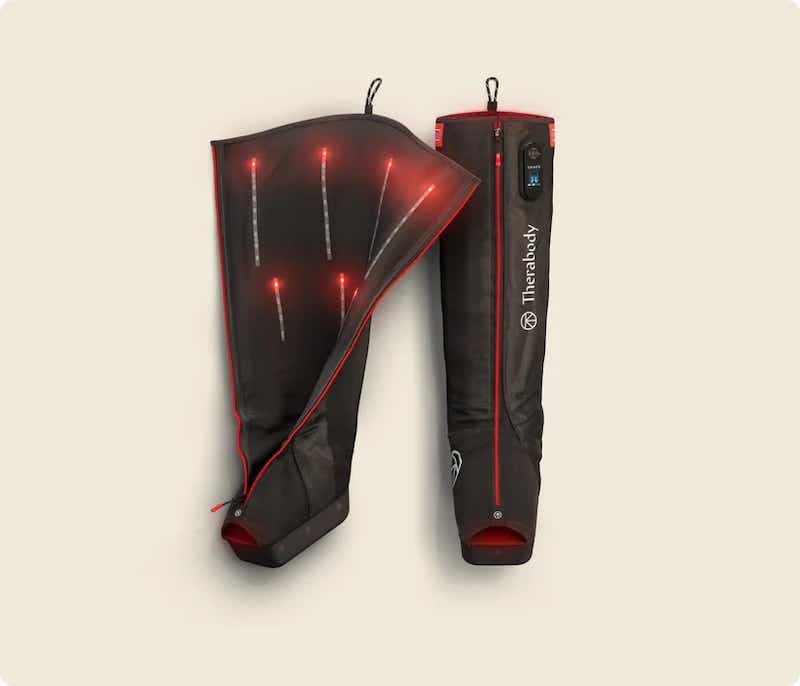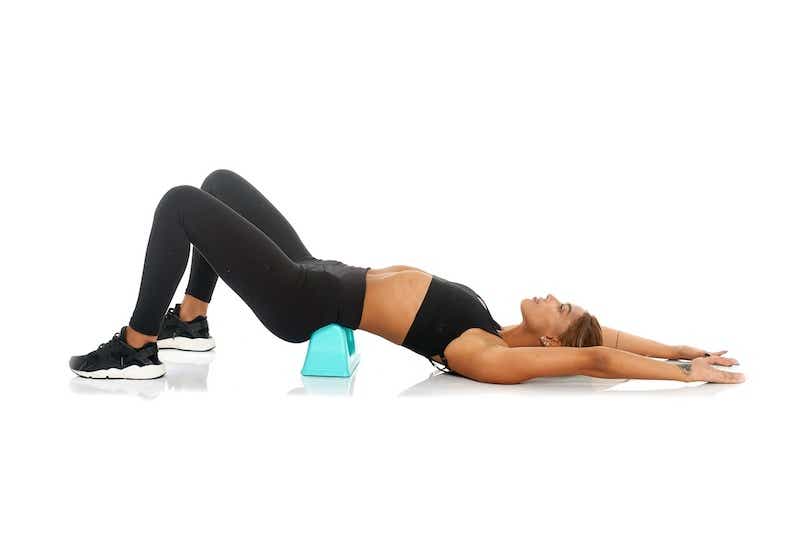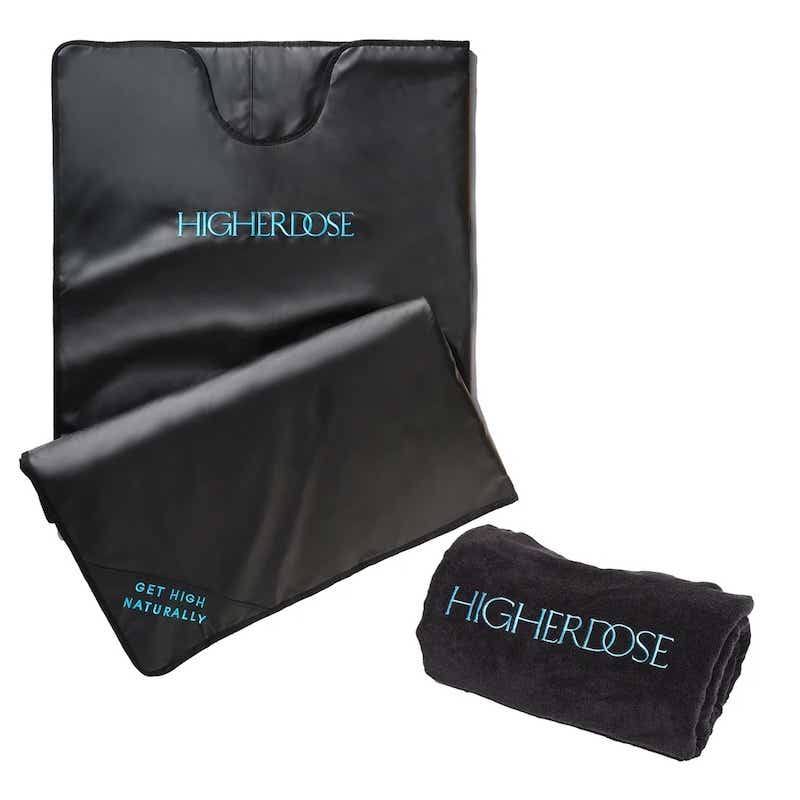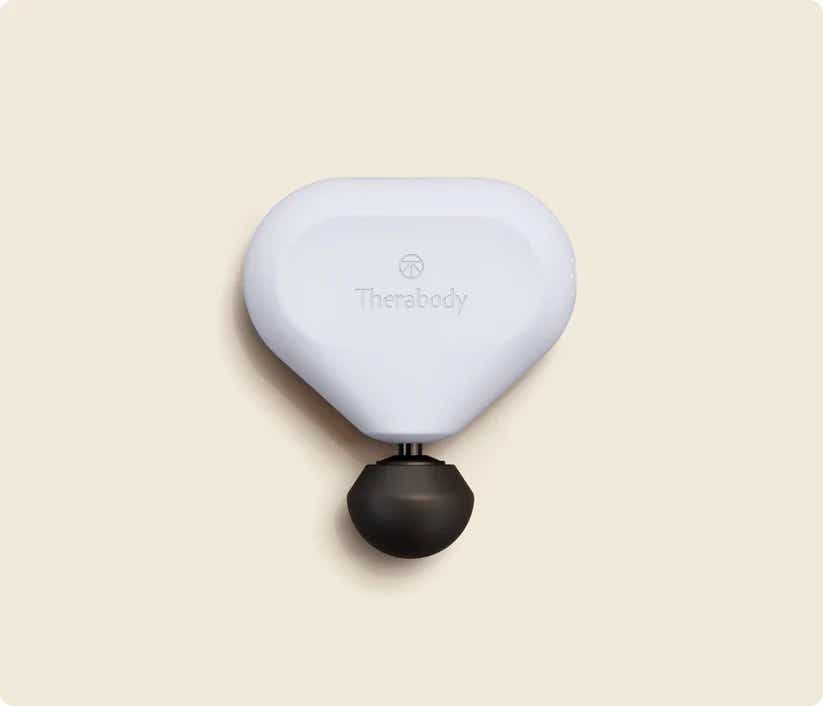Often underestimated for its passive nature, recovery work can make all the difference in your strength-building journey. These lower-impact workouts have been a game-changer for me.
If you’re serious about fitness, recovery shouldn’t be optional — it should be part of the plan. Adding targeted recovery workouts to your routine helps your body reset, rebuild, and perform better in every session. With the right tools and techniques, recovery can be just as transformative as your toughest workout. And from cold plunges to heat therapy, there are more ways than ever to support your body in between high-intensity sessions.
What is a recovery workout?
Recovery workouts have a low-impact focus that helps restore or regenerate your body to its optimal state for future workouts. A recovery workout can be yoga, a walk (even better with a weighted vest!), or a restorative Pilates workout — I have an entire Pilates series dedicated to active recovery on my website. In Pilates, I use both the barrels and the mat for a recovery-focused workout because there are no forces (such as springs or props) creating extra tension. The mat work helps you find strength and length from within, and the barrels can be equally therapeutic as they are meant to open your body up and restore it to proper alignment.
How often should you do a recovery workout?
I would suggest scheduling recovery exercise for the day after an intense workout, after a day of travel, or at the end of the week when you’re feeling exhausted but still want to move your body. If you exercise regularly, you should be able to fit in 1-2 workouts a week.
I opt for either a yoga class or a regenerating Pilates workout paired with either a walk or a low-key bike ride (in the summer, when I’m in Montauk, I love riding my bike to and from a yoga class for a casual Sunday morning workout). A recovery workout should make you feel better, relieve soreness, and help improve performance for the next day’s workout/activities.
Best recovery tools
In addition to recovery workouts, there are so many recovery tools you can use any day. Over the years, I’ve acquired the following products and highly recommend them. You don’t necessarily need all of them, of course. Try the one that speaks to your needs and lifestyle.
Notably, heat is a common factor. That’s because heat promotes blood flow and is proven to be very anti-inflammatory and healing. Even just a hot bath counts — especially if you add Epsom salts.
Now that you’ve read all of this, you’re probably thinking, how do I fit it all in? The truth is you won’t, and that’s OK! I try to do some kind of restorative therapy, like a bath or sauna, once a week. I try to use one of the above recovery tools each night. It could be foam rolling while watching TV, rolling my feet before bed, or wearing my toe separators when I put my legs up against the wall before going to sleep. Small steps lead to big changes! After a while, you’ll find a flow and feel the difference it makes to spend a little recovery time on your body daily or weekly.







